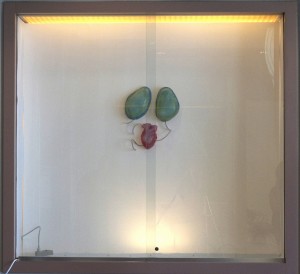Issue 28 11.20.13

PROJECT BURG, 2010, San José State University
by Danielle Siembieda-Gribben
PROJECT BURG (Building Using Response Gadgets), 2010, San José State University
You and your car have an intimate relationship. On average, you spend a quality one-and-a-half hours with it each day. When the car gets a little tired it goes slow up a hill or maybe takes a minute or two to warm up. We have grown to know our cars as if they were one of our own children; we know when to feed/fuel them, when to give them water/oil and when to take them to the doctor/mechanic. Both children and cars need care and maintenance to live long lives.

Image courtesy of Danielle Siembieda-Gribben.
What about your home? What about your workplace? You spend every day in buildings that shelter, comfort, and work for you. When do these buildings get a doctor’s visit? Many of us maintain our buildings only when things break. It’s like taking care of your body after you have a heart attack. We are given signals on a clearly lit dashboard to maintain our cars right in front of our faces. In a building, however, an illness may go unnoticed until it’s too late. What if the building could give you signals about how it’s operating in the same way your body tells you when you’re out of breath or when you are overworked?
BURG (Building User Response Gadgets) is an artwork that anthropomorphizes a building by connecting energy systems (cold water, steam, and electricity) with human systems (cardiovascular and respiratory systems). BURG does this by exhibiting real-time information about the energy usage of a building with an Energy Information Systems (EIS) set up at the Charles W. Davidson College of Engineering on the San José State University campus. It also has a micro version that corresponds to the activities of the electricity loads (computer, light, cell phone charger) of the building occupants. The micro-system is a kinetic interface mobilized by a set of motors and Arduinos, represented in the form of a heart and lungs. The system also gives updates through Twitter and tweets status information.
The overall objective for BURG is to create an aesthetic system for people to understand their building’s needs. The Energy Information Systems and Smart Buildings often struggle with how to visualize data so that occupants will change behavior or take action. BURG offers a solution to this problem by striving to ignite a dialogue between human behavior, architecture, and the environment.